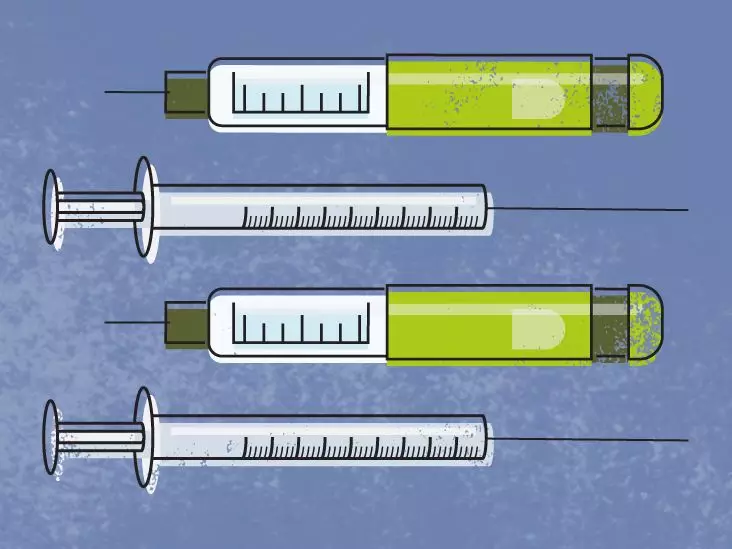Opdivo Qvantig, a pioneering immunotherapy drug known for its active ingredient nivolumab, has significantly transformed the landscape of cancer treatment. As healthcare becomes increasingly personalized, the dosages of Opdivo Qvantig are meticulously tailored to the individual needs of each patient, depending on various factors such as the specific type of cancer being treated and whether it is being used in conjunction with chemotherapy. This article delves into the intricate dosing schedules, recommended applications, and administration methods associated with Opdivo Qvantig, shedding light on how this medication is poised to redefine cancer treatment.
Dosing Dynamics: A Personalized Approach
One of the most compelling aspects of Opdivo Qvantig involves its adaptable dosage regimen. Patients may receive this medication either biweekly, every three weeks, or every four weeks, depending on the type of cancer. For instance, those battling advanced kidney cancer might undergo a regimen of either 600 mg every two weeks or 1,200 mg every four weeks. This flexibility ensures that healthcare providers can tailor the treatment protocol to maximize efficacy while minimizing potential side effects based on the patient’s health status and treatment objectives.
In the realm of melanoma treatment, similar dosing guidelines are observed, reinforcing the drug’s versatility across diverse oncological indications. Patients undergoing surgery for non-small cell lung cancer (NSCLC) may find themselves on a more intricate regimen that combines pre-operative and post-operative treatments, showcasing Opdivo Qvantig’s adaptability to the clinical setting. This bespoke treatment approach not only enhances the effectiveness of the drug but also offers patients a sense of agency in their healthcare journey.
Administration: A Seamless Experience
The administration of Opdivo Qvantig is a straightforward, yet crucial, component of the treatment process. The medication is delivered as a subcutaneous injection, typically in the abdomen or thigh, and requires healthcare professionals to oversee the administration. This not only guarantees that the drug is delivered safely and effectively but also provides an opportunity for patients to engage in a supportive healthcare environment. The procedure itself is relatively quick, lasting only about three to five minutes, allowing patients to integrate treatment into their weekly or biweekly routines with relative ease.
Moreover, with the advancement of telehealth and home healthcare options, some patients may have the opportunity to receive injections in the comfort of their homes. This distinction remarkable enhances patient comfort and adheres to the ethos of personalized care.
Understanding Treatment Duration and Expectations
One critical aspect of Opdivo Qvantig treatment is its intended duration. The therapy is designed for long-term use, typically extending over one to two years. While this may seem daunting, the commitment often reflects the drug’s gradual yet powerful action against tumors. Unlike conventional chemotherapy, Opdivo Qvantig is formulated to enhance the body’s immune response to cancer cells, which may lead to varying timelines for noticeable effects.
Patients need to maintain open communication with their healthcare teams during the treatment period. Regular scans and assessments will offer insights into tumor response and overall health, allowing timely adjustments based on the patient’s condition. Such proactive management is crucial for ensuring that treatment remains both safe and effective.
Side Effects and Management
As with any form of cancer treatment, Opdivo Qvantig is not without its potential side effects. While it is generally well tolerated, some patients may experience immune-related adverse reactions, necessitating close monitoring by healthcare professionals. Side effects can lead the treating physician to either modify the dosage or, in some cases, temporarily halt treatment altogether. Understanding this possibility is essential for patients embarking on their treatment journey.
Importantly, open dialogues regarding side effects should be encouraged. Effective management of adverse reactions can significantly influence the overall treatment experience and outcome. Many patients find reassurance in discussing their concerns and experiences with their medical teams, fostering better emotional and psychological support throughout the process.
Opdivo Qvantig represents a paradigm shift in cancer treatment through its tailored dosage and administration methods, empowering patients and enhancing the role of healthcare professionals. With ongoing research and patient engagement, the potential for Opdivo Qvantig to foster resilience and hope in the battle against cancer continues to grow. This exceptional treatment not only affirms the commitment to a personalized approach in oncology but also elevates the standards of patient care, instilling a sense of optimism within the cancer community. Each dose represents not just a medical intervention but also a step toward renewed strength and vitality.

